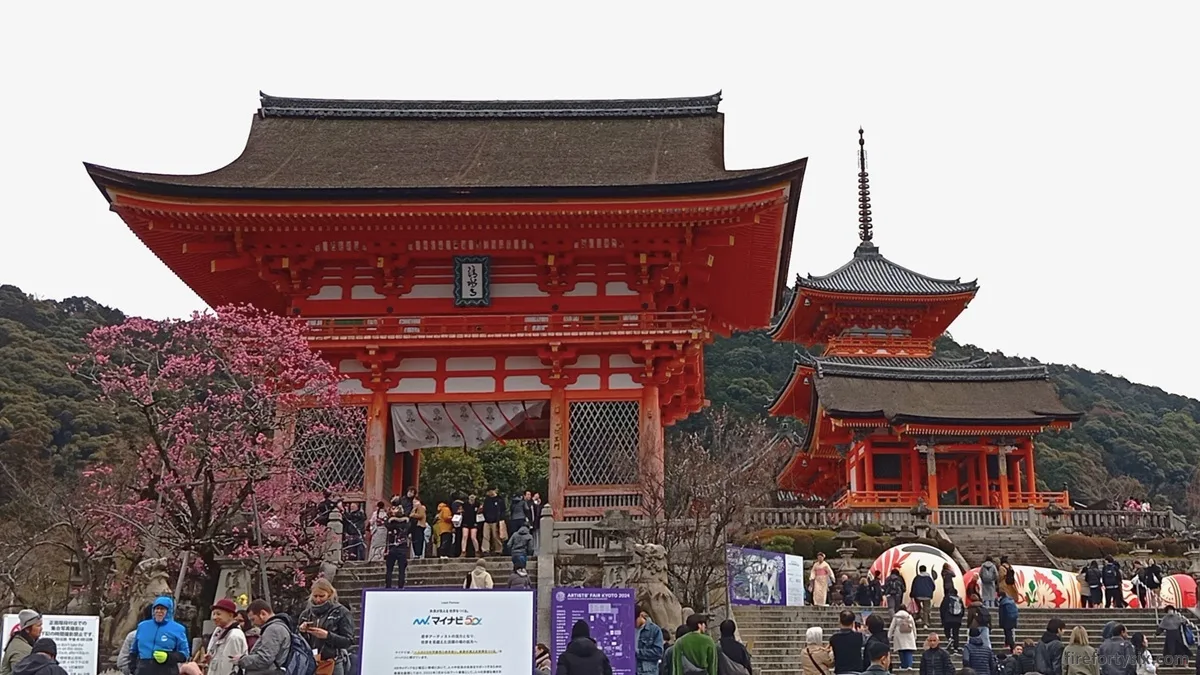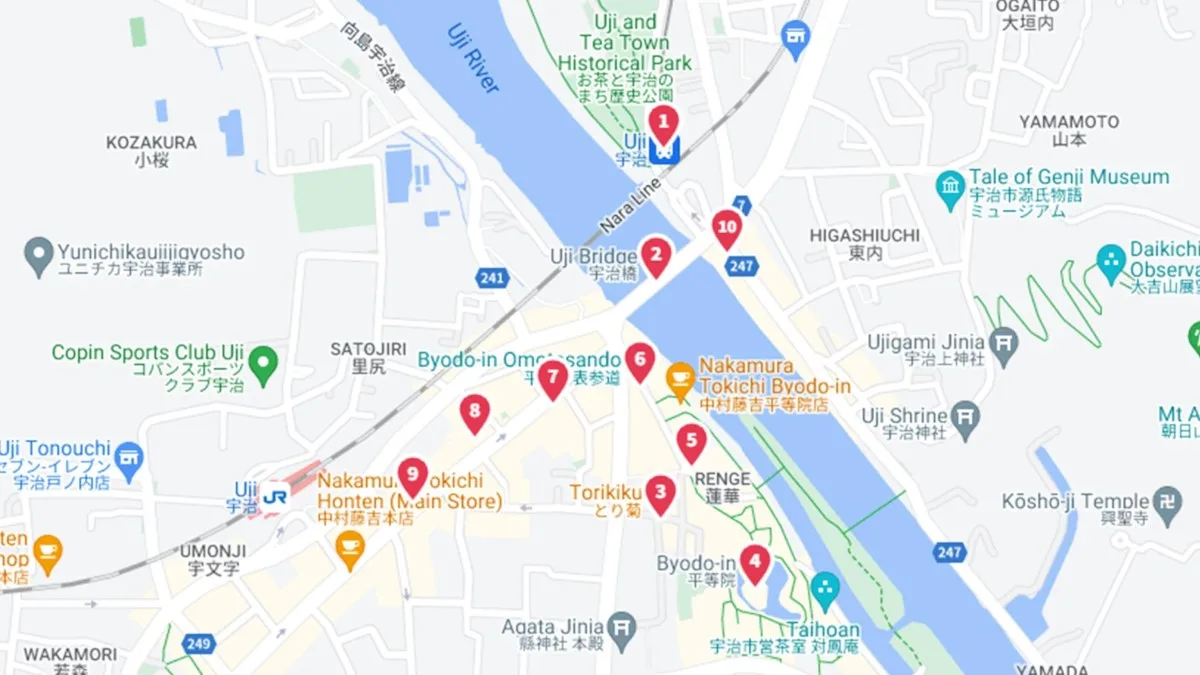There are numerous Shinto shrines in Japan bearing the name Yasaka Jinja (八坂神社). The most famous being the one in Kyoto Gion, which hosts the Gion Matsuri festival held every summer.
OMO5 Kyoto Gion hotel would be our homebase in Kyoto, and since the shrine was literally across the road, it naturally made it into our trip itinerary.
Namba Yasaka Jinja
Another well-known Yasaka Jinja is the one in Osaka Namba, which just happened to be a short walk from the Fraser Residence Nankai, where we were staying.
The shrine isn’t located in a particularly interesting neighbourhood, but its huge and distinctive lion head structure looked so interesting that I had to go check it out.
We followed the directions given by Google Maps, and reached the shrine’s entrance in less than 10 minutes. Its entrance was relatively nondescript, and we could have easily walked past without noticing.
Except for the large ominous-looking lion glaring at us through the concrete torii gate.
The structure’s colour scheme was immediately recognisable — matt laurel green “skin” with prominent golden eyes and teeth.
If the intention was to ward off evil spirits, then the builders succeeded wonderfully. The lion head was fierce and imposing, with a menacing expression that threatened, “Enter at your own risk!”


Numerous other stone guardians were also scattered throughout the shrine’s courtyard. Presumably to further discourage any misguided spirits that dared to venture in.
Most were smaller lions with equally intimidating demeanour, standing guard on sturdy concrete pedestals.
One exception was a toad duo that reminded me of the father and son tag team of Gamabunta and Gamakichi from Naruto, an all-time anime classic.




Size-wise, the Namba Yasaka Jinja was relatively small and compact.
Besides the main lion head building, there was also a similarly-coloured side hall as well as several smaller structures where visitors could hang their prayers.




While relatively famous, the shrine was surprisingly uncrowded. There was more than enough room for us to wander around and admire the budding plum and cherry blossom trees.




Gion Yasaka Jinja
The Yasaka Jinja in Gion was the complete opposite. It was located right in the heart of the traditional geisha district and was housed within a large sprawling compound.
Naturally, it was tourist hotspot. We were there in March, during the pre-sakura shoulder season, and even then, visitors were continuously streaming through the red and white main gate.
It sported a more traditional colour palette, compared to the less conventional green hues of its sister shrine in Namba.

There was some sort of fair going on, with numerous street vendors selling various food items and decorative trinkets.
I assume that this was a vanilla lowkey event, and was nothing compared to the full-blown festivities that would be happening a few months later during the Gion Matsuri.




Several ancient-looking prayer halls surrounded the central compound.
Including the famous one with large brass bells connected to thick hanging cords. Devotees lined up to pull on them and ring the bells, before delivering their prayers to the gods.




However, due to recent disruptive behaviour by rowdy foreign tourists, the shrine has changed its longstanding policy and disallowed bell ringing from 5pm to 6am.
The cords are attached during the daytime, but are removed from late evening onwards to prevent future disturbances.

Beside the main buildings, there were numerous other nooks and crannies where wishes and prayers could be sent.
Particularly interesting one was a small stone pool fed with a continuously trickling bamboo pipe that was labelled “美容水”. I don’t know how it’s pronounced in Japanese, but the kanji characters mean “beauty water” in Chinese.
Perhaps you were meant to scoop and splash some on your face to activate its magic, but we didn’t see anyone giving it a go. Though The Wife did seem to linger in front of it a little… too long.




The further we wandered from the central compound, the fewer visitors we encountered. Like most shrines in Kyoto, there was a certain tranquility in the air.
That is, once you manage to peel yourself away from the inevitable crowds.


We probably would have spent more time exploring the grounds, but we had places to go and things to see on our trek from Gion to Kiyomizudera.




















